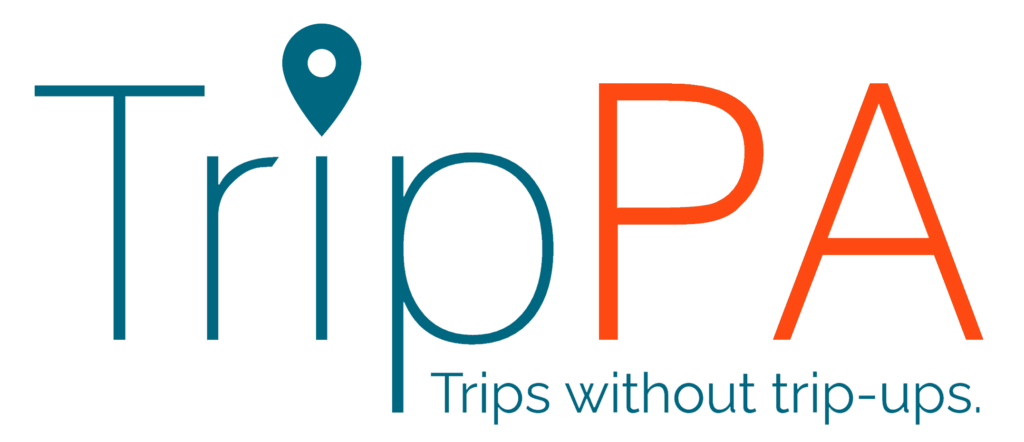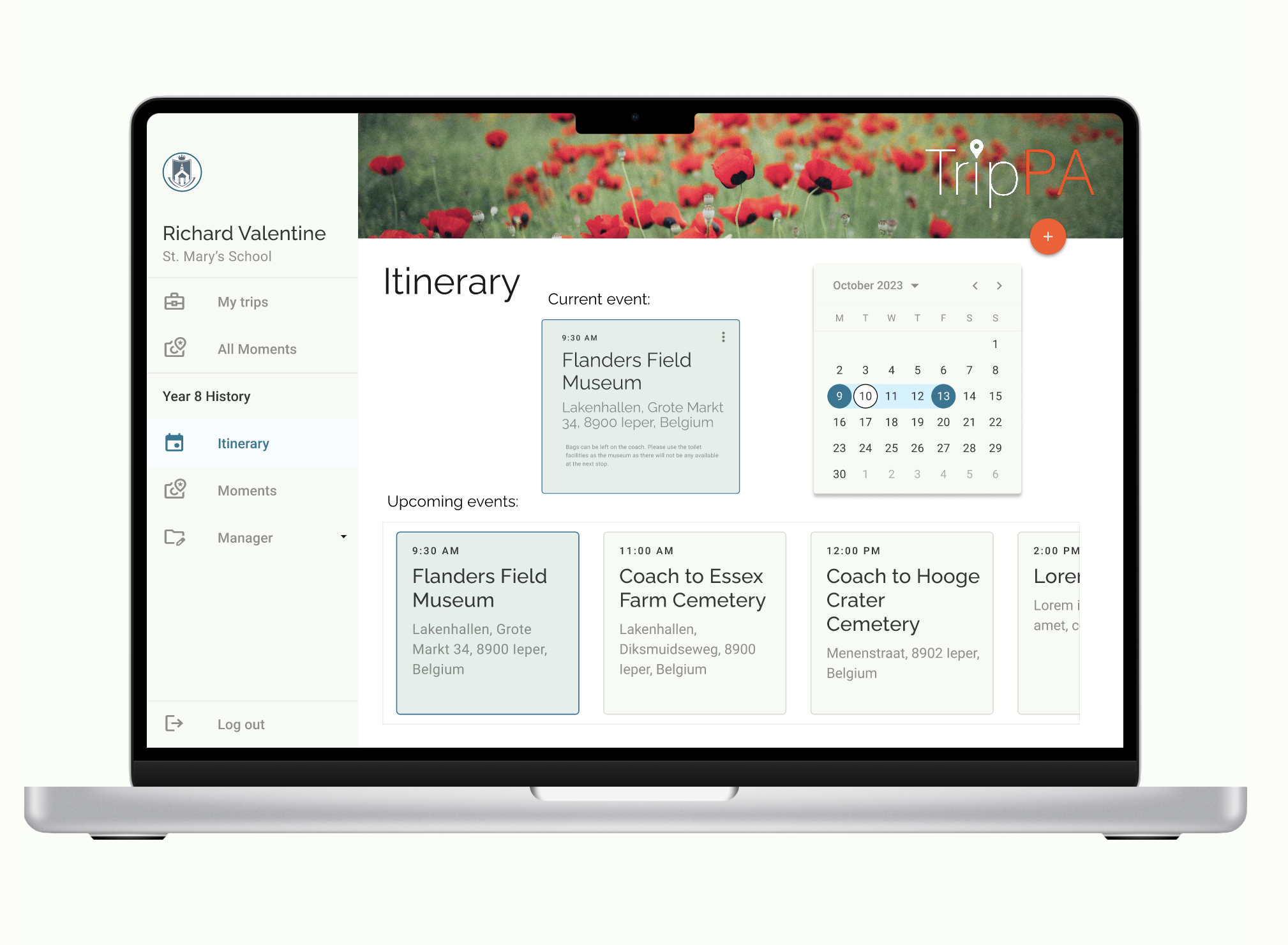
In the realms of education, technology isn’t just a tool; it’s a pathway to innovation, engagement, and, most importantly, time-saving solutions for educators. For me, this journey into the tech-enhanced world of teaching has deep roots, stemming from my grandmother’s impactful work as a codebreaker at Bletchley Park. Fast forward to today, and the marriage of teaching and technology has become a seamless dance, transforming the educational landscape. Join me on a journey through the challenges, triumphs, and the exciting future of tech solutions in education.
Challenges in integrating technology:

Picture this: a plethora of tools, each promising to revolutionise the teaching and learning experience. While student-oriented apps like Kahoot!, ClassDojo, Socrative, and Wakelet captivate young minds, the landscape for tools designed specifically for teachers can be described as, well, less enchanting. Clunky interfaces, uninspiring designs, and the absence of user-friendly features have been the bane of many teachers’ tech experiences.
Yet, teachers are inherently creative beings. We crave inspiration and tools that not only make our lives easier but spark joy in the process. Navigating through a sea of tech options can be daunting, but what if there were solutions that guided us with a step-by-step simplicity, eliminating the need for second-guessing? This is the sweet spot—user-friendly tools designed for teachers that seamlessly integrate into our daily routines.
Benefits of user-friendly tools:
Time, that elusive resource every teacher yearns for, is the primary currency of the teaching profession. User-friendly tools act as time-saving wizards, guiding us through processes without the headaches. The ideal tool updates in real-time, effortlessly sharing these updates with all stakeholders involved. And let’s not forget the magic word: affordability. In a profession where educators often dip into their own pockets for resources, the allure of free or budget-friendly tools is irresistible.
Effortless shift to digital quizzes during lockdown:
During the lockdown, the importance of user-friendly tools became glaringly evident. Enter Kahoot!—a beacon of simplicity in the storm of remote teaching. Its ease of use, adaptability, and my familiarity with the platform allowed me to seamlessly transition quizzes to the digital realm, even though my students weren’t physically in the same room.

Effective user-friendly platforms:
Let’s dive into the realm of game-changers, the tools that have not only eased the burden of teaching but have become indispensable companions in the educational journey. Power BI, a powerhouse for information; Mentimeter and Quizlet, reigning champions of interactive quizzes; Microsoft OneNote, the unbeatable platform for sharing classwork and homework; Canva, a visually pleasing alternative to the mundane PowerPoint; and Microsoft To-Do, the unrivalled king of easy-to-use to-do lists—these tools form the backbone of a tech-enhanced teaching experience.






The educational landscape with user-friendly tools:
In the ever-evolving landscape of education, the increasing adoption of user-friendly tech solutions promises a seismic shift. Imagine a world where teachers spend less time grappling with technology and more time focusing on what truly matters—nurturing young minds. As these tools become more prevalent, the fear factor associated with embracing new tech diminishes. Teachers become less hesitant, more willing to explore, because they’ve experienced firsthand the impact of apps that are not just helpful but easy to use.
Resistance and the role of user-friendly tools:
However, it’s not all smooth sailing. Some educators still harbour reservations about the influx of technology into the classroom. Criticisms often stem from the sheer volume of apps, each serving a specific purpose, yet struggling to integrate or interact seamlessly. Companies like Clever are starting to bring some relief with their single sign-on systems (hopefully rolling out in the UK soon!), but the reality is that the abundance of tools can overwhelm rather than empower.
Resistance to adopting new tech often arises when solutions are forced upon teachers, causing more stress and headaches than they solve. The reluctance to learn something new is understandable, especially when the promise of a tool doesn’t align with the actual user experience. This is where user-friendly tools play a crucial role—they’re not just tools; they’re allies, simplifying the integration of technology into teaching methods.
Critical considerations in tech solutions:

Choosing or developing user-friendly tech solutions for the educational environment demands careful consideration. The key is to design tools that make work easier and inspire teachers to return to them willingly. Avoiding the pitfalls of buggy or slow interfaces is paramount; after all, teachers are time-strapped individuals. Additionally, an ideal tool should benefit not only teachers but also other stakeholders, creating a win-win scenario. Think students, parents, management, governors, OFSTED, and the local community—all should find value in the chosen tech solutions.
Challenges and opportunities on the horizon:
The horizon of technology in education holds both challenges and opportunities. Artificial Intelligence (AI) stands as a game-changer, promising efficiency but raising questions about the delicate balance between AI assistance and nurturing independent thought. As we inch closer to AI-driven learning, the challenge lies in leveraging its benefits without compromising the development of critical thinking skills. The future might see children interacting with AI learning classes, learning to prompt computers for responses, and shaping AI in the right direction.
Encouraging fellow educators:
How do we encourage our fellow educators to embrace user-friendly tech solutions? The answer lies in showcasing the most precious commodity for teachers: time. User-friendly solutions that free up time, making teaching more enjoyable and less stressful, should be the rallying cry. As many teachers have faced mental health challenges in the wake of the pandemic, providing them with tools that keep them in their jobs, and ideally, loving them, is paramount.
In conclusion, the rise of user-friendly tech solutions in education isn’t just a trend; it’s a revolution. It’s about empowering teachers, simplifying processes, and creating an environment where technology becomes an ally rather than an adversary. The journey is ongoing, and as educators, we’re not just passengers—we’re the captains navigating the ship towards a brighter, tech-enhanced future.





